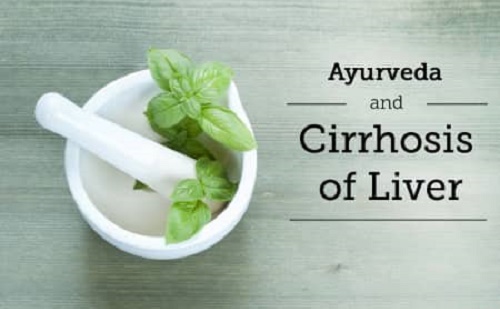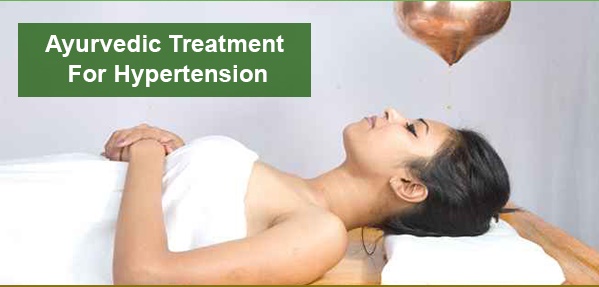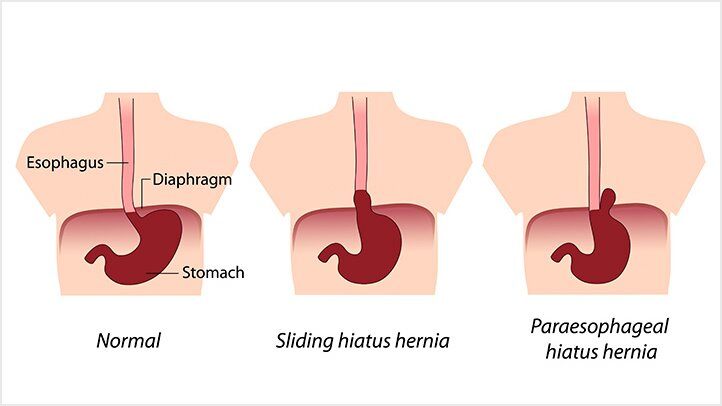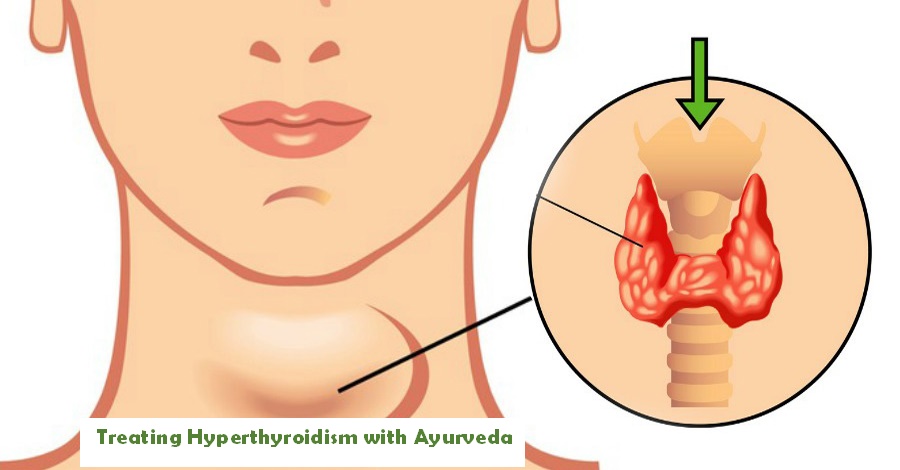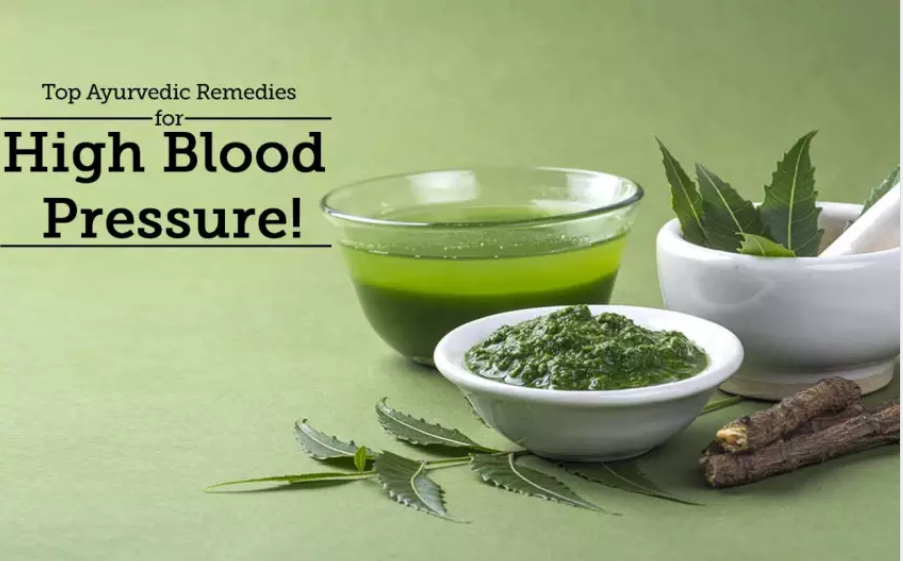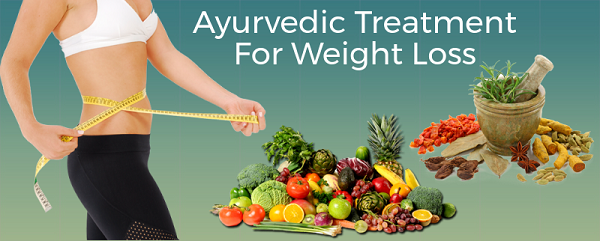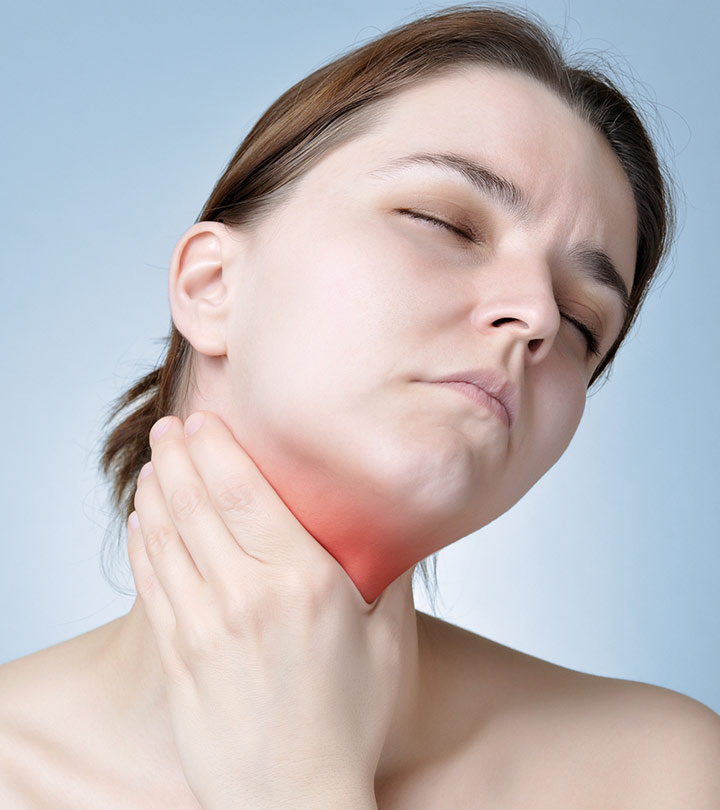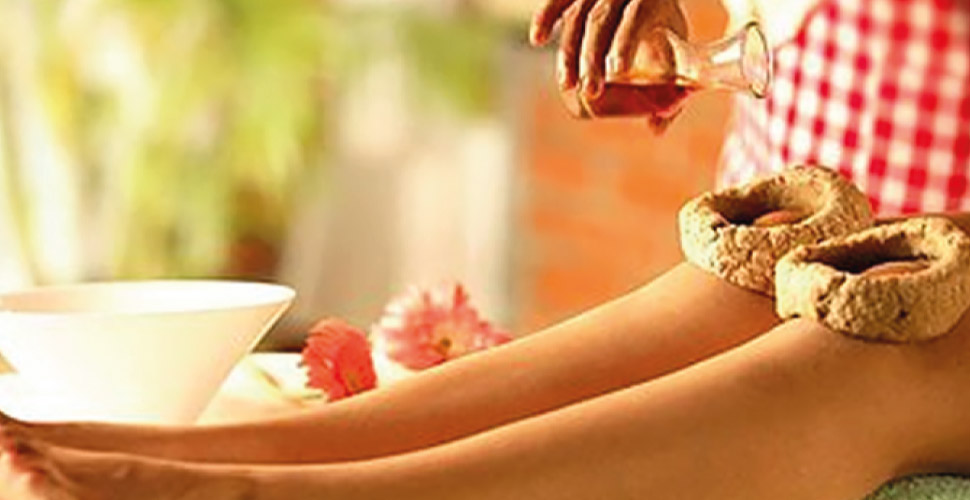Amlapitta or Hyperacidity is one of the most common issues. Hyperacidity–points out to a set of symptoms caused by an imbalance between acid-secretion of the stomach and intestine and the protective mechanisms that ensure their safety. The stomach generally secretes acid that is essential in the digestive process. When there is excess acid produced in the stomach, it results in Hyperacidity.
Causes—
Individuals with a Pitta [heat energy] imbalance, are prone to occasional acid indigestion and heartburn. Stress, anger, spicy foods, and environmental factors such as heat, can worsen Pitta.
Few simple changes in lifestyle can help bring Pitta in balance for smoother, more effective digestion and greater calm and contentment.
Consuming Ahara [Diet] such as—
Spicy, salty and sour foods, stale or fermented, excessive intake of coffee or tea, and so on can cause acidity. Skipping meals, late-night eating and repeatedly eating can cause the issue.
The following Regimen (Vihara) can also lead to acidity–
- Lack of rest, fast-moving lifestyle, worry, anxiety, fear and anger
- Insufficient sleep at night.
- Sleeping immediately after meals.
- Suppression of natural urges.
- Excessive exposure to sun and fire
All the above factors increase ‘Pitta dosha’ in body and exhibit symptoms of Amlapitta.
Signs and symptoms
Heart &chest burn, sour belching, nausea, regurgitation of food or acidic substance, vomiting, gaseous distention of the abdomen, heaviness in the stomach, indigestion, headache, mouth ulcer, fatigue and more.
Therefore, it is better to avoid all the causative factors of Amlapitta, which are—
Excessive salt, oily, sour and spicy foods, cumbersome and untimely food, smoking and alcohol intake, overcooked and stale food.
Ayurvedic treatment—
- Avoid the factors that cause acidity
- Palliative treatment–As the disease is of Pitta origin, all measures are undertaken to pacify Pitta.
- Panchakarma treatment–When acidity cannot be corrected with oral medicines ‘Panchakarma Procedures’ like Vamana (Emesis) or Virechana (Purgation), whichever is needed should be administered. In chronic cases, Asthapanavasti (medicated enema) is indicated.
Essential Ayurvedic medications useful in Amlapitta
- Yashtimadhu – 3gm twice a day mixed with milk
- Amalaki (Gooseberry) – 3gm twice a day with water
- Sunthi (dry ginger) – 3gm twice a day with water
- Shatavari – 3gm twice a day with milk
Home Remedies–
Consume the Infusion of coriander seeds (Dhanya) taken with sugar twice a day, Coconut water, amla powder 3-6 gm with water, powder of Shatapuspa (Sauf) with sugar mixed in one glass of water – 20 ml twice daily for one week or till the symptom subsides. Chew half a teaspoon of fennel seeds after every meal.
Pathya—Take–
- Light food, Coconut water and foods having cooling properties
- Vegetables such as white pumpkin, bitter gourd, matured ash gourd, leafy vegetables
- Wheat, barley, green gram and cucumber,
- Fruits like gooseberry, dry grapes, sweet lime, pomegranate, dry figs
- A sufficient amount of fluids like pomegranate juice, lemon juice, amla juice, fresh lime juice, Medicated water with coriander seeds. Warm water.
- Dadimpak (sweet preparation made of pomegranate). Moramba (jam made from amla), Gulkand (jam made from rose petals) with milk.
- One teaspoonful of ghee with warm milk
- Take adequate sleep & rest
- Practice Yoga, Pranayam, meditation & exercise regularly
Apathya-Avoid
- Excessive spicy, sour and salty substances
- Fried and junk food items
- Fast.
- Overeating
- Irregular food habit
- Foods containing excess amount of garlic, salt, oil, chillies etc.
- Lying down immediately after food and in the supine position. The best-recommended position is left lateral
- Smoking, alcohol, tea, coffee and Stress
Madras Institute of Ayurveda [MIA] Chennai, is the centre of Ayurvedic medicine and treatment where age-old tradition meets modern techniques, ranging from Panchakarma treatment to rejuvenation treatment. With facilities for quality ayurvedic treatments on par with the highest standards and most beautiful traditions dating back to Vedic times, MIA aims at bringing natural ayurvedic medicine with all facilities to a more accessible location.
Log onto www.miayurveda.org to learn more.


